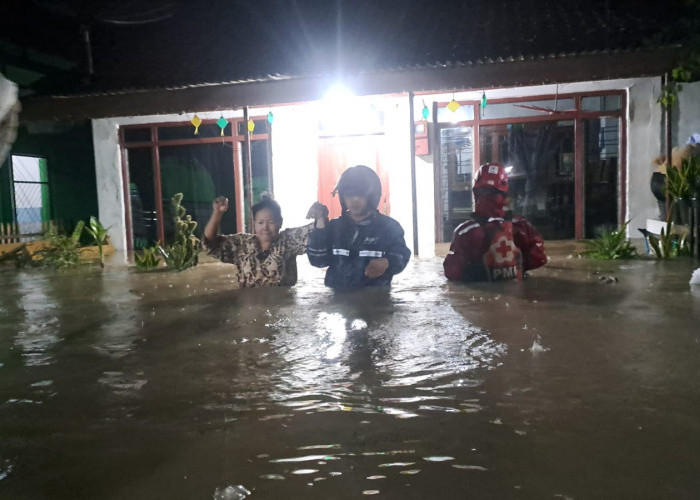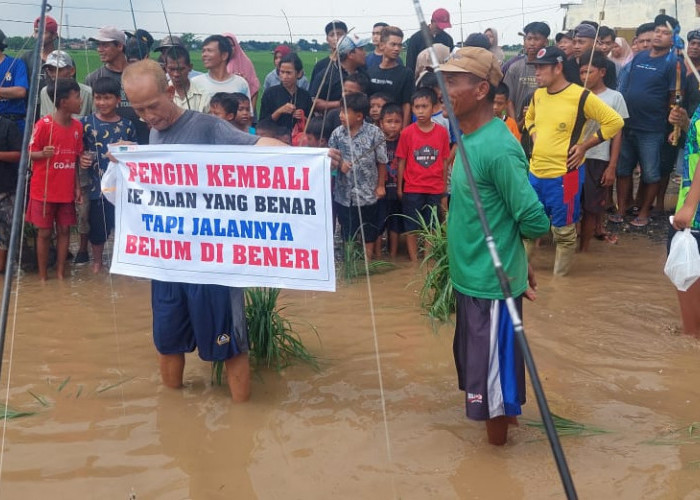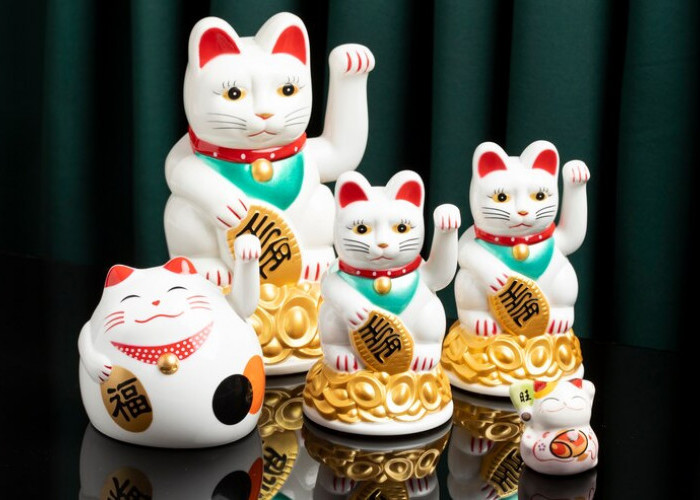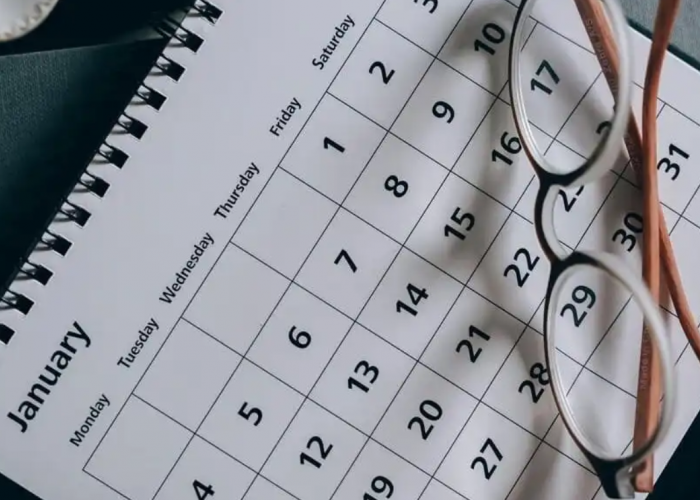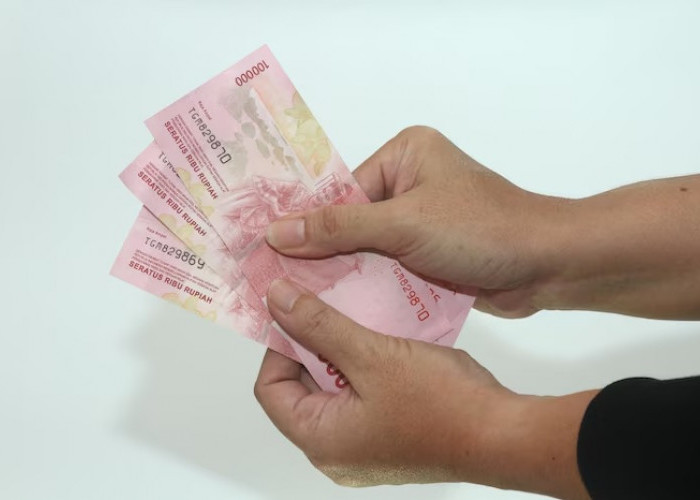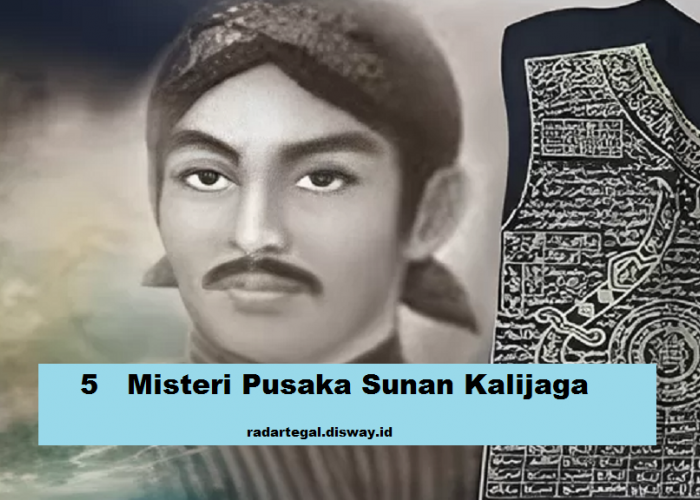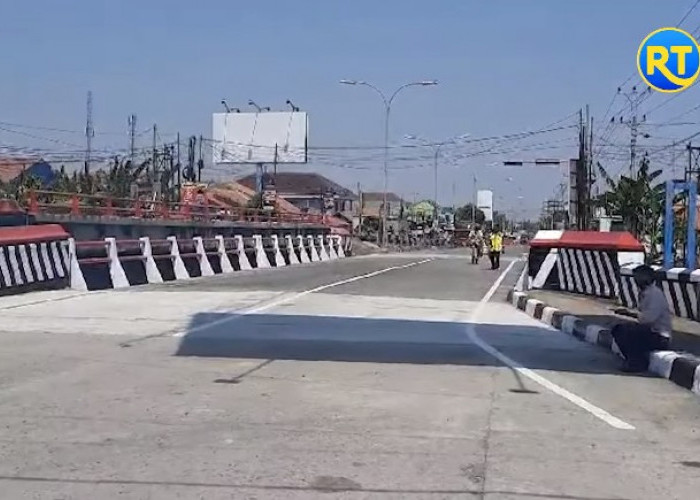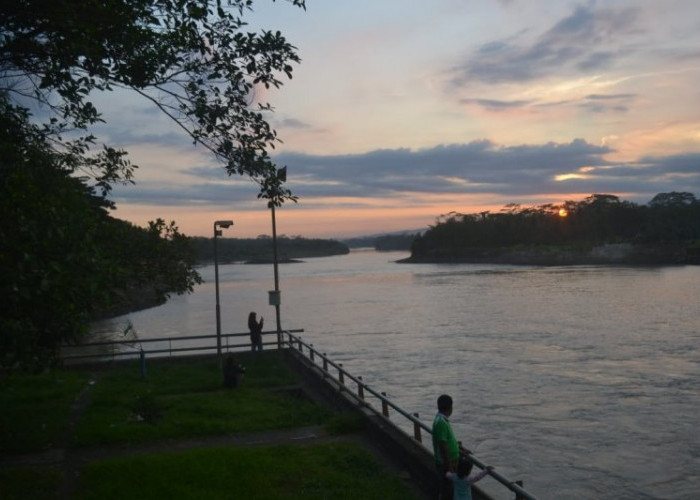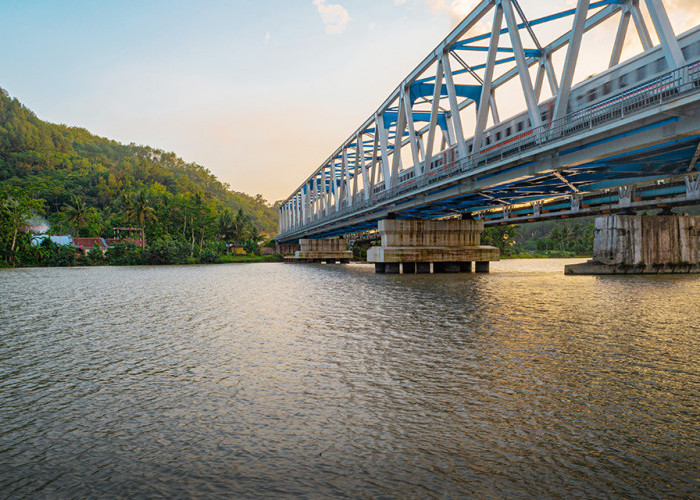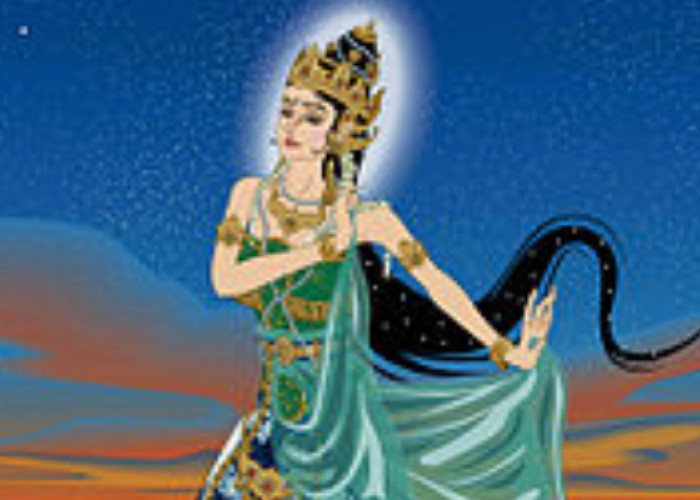The Myth of The Serayu River in Banyumas, When Bima and Sunan Kalijaga Both Saw The Faces of Beautiful Women
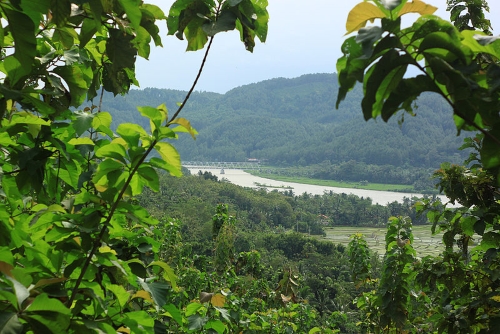
The Serayu River in the former Banyumas Residency, Central Java, is also known as the Bengawan Serayu because it has a long watershed in five regencies. (pic by: Aris Subekti)--
RADAR TEGAL - The Serayu River is one of the longest and largest rivers in Central Java. In addition, this river also has a number of myths and legends about its formation.
The longest and largest river in the former Banyumas Residency flows for 181 kilometers. The stream stretches from northeast to southwest.
The headwaters of the river are located on the slopes of Mount Prahu in Dieng, Wonosobo, and the spring is known as Tuk Bima Lukar. Its stream has many tributaries, covering an area of 4,375 square kilometers.
The Serayu River crosses five districts. Namely the Regencies of Wonosobo, Banjarnegara, Purbalingga, and Banyumas, until it empties into the Indian Ocean in Cilacap Regency.
Meanwhile, its downstream flow flows into the South Sea, adjacent to Mount Srandil. A sacred mountain located in the Adipala region, Cilacap, Central Java.
From upstream to downstream, this river has become the lifeblood and source of life for residents in the five districts it crosses. Among others for tourism, mining, and others.
The origin and myth of naming the Serayu River
According to a number of pieces of literature and statements from residents in five districts in the former Banyumas Residency, this river, also known as the Bengawan, has a number of myths. Among other things related to the process of its formation and naming
1. Myths about the Formation Process
One of the Pandawa Lima members, Bima alias Werkudoro, is the son of Pandu Dewanata, who was born from the womb of Dewi Kunthi Nalibrata. Bima is one of Bayu's brothers and a Pandawa parent.
Bima was the great senopati from Amarta when the Bharatayuda holy war took place on the battlefield of Kurukasetra. As a knight with a peaceful spirit who is honest and stubborn, Bima is not easy to succumb to.
Because of that, when Bima wanted to get tirta perwitasari at the bottom of the South Sea, no one was able to stop his desire. Including the Pandawa family, Anoman (sometimes Bayu), and even his own mother, Dewi Kunthi.
Bima, who had received instructions from Resi Kumbayana (Druna), with all his confidence, departed for the South Sea. The goal is only to get tirta perwitasari.
On Bima's journey to the South Sea, his steps left traces of holes, which later became a long, wide, and deep river. That river was later known by the community as the Serayu River.
2. Myths about the Naming
According to various stories that have developed around the residents and the local community, Serayu comes from two Javanese words. Namely, sira (you) or sirah (head) and ayu (beautiful).
So the name Serayu means 'you are beautiful in appearance' or 'head with a beautiful face'. It is said that there are two versions of the story behind its name.
The first is the story of Bima, who managed to defeat a giant that was rampaging in Eacara Village, Bakasura. Bima manages to defeat him by using a rujakpala mace.
After succeeding in defeating Bakasura, in the stream of the Serayu River, which is said to be made from his urine, there was a sound of gurgling water. It turned out that Bima saw Dewi Draupadi washing clothes.
Bima alias Werkudara was immediately fascinated and said, "Sira ayu," which means "You are beautiful." Dewi Draupadi, who was shocked and surprised, immediately intended to leave.
But because she was nervous, Dewi Draupadi fell into the river. It is said that Bima was too late to save Dewi Draupadi, so he could not save his soul.
READ ALSO: Keajaiban Legenda Sungai Serayu dari Mitos Hingga Realitas yang Tersebar Luas di Kalangan Masyarakat
The second is the story of Sunan Kalijaga, who spread Islam in Java. While traveling, Sunan encountered a wide and deep river bank.
Sunan Kalijaga or Sunan Undik suddenly saw a beautiful woman's head in the middle of the river. Sunan Kalijaga then named the river the Serayu River.
The mythology of Semar, the guardian of the upstream and downstream
In Dieng, which is the headwaters of the Serayu river, there are a number of temples. Among other temples are Yudhistira, Bima, Arjuna, Nakula, Sadewa, Gathutkaca, Bisma, and others.
The most interesting thing, both upstream and downstream, is the Semar ornament. In Dieng, there is the Semar Temple, while Mount Srandil, which is adjacent to the downstream, has a Semar statue.
The Semar statue then becomes a marker for the place where Semar (Sang Hyang Bathara Ismaya) descended. Namely, from heaven, Jong Giri Saloka went to Mercapada (Java Land) at the top of Mount Srandil.
READ ALSO: Misteri di Hulu Sungai Serayu, Menguak Teka-teki Kemunculan Buaya yang Meresahkan
That is why the Serayu River is widely assumed to be a sacred river that does not just provide a livelihood for humans. But it also has a very deep symbolic meaning.
This is information about the origins and myths of the Serayu River, which is one of the longest and largest rivers in the former Banyumas Residency. (*)
Cek Berita dan Artikel yang lain di Google News
Sumber:



